New York City health experts are investigating a concerning rise in Legionnaires’ disease cases, with environmental and human factors potentially fueling the trend. The uptick has prompted renewed attention on how the bacteria, Legionella pneumophila, thrives and spreads, particularly in the city’s dense urban landscape.
Legionnaires’ disease, a severe form of pneumonia, is contracted by inhaling water droplets contaminated with the bacteria. Sources often include cooling towers, plumbing systems, and decorative fountains. Warmer weather, aging infrastructure, and insufficient maintenance of water systems are believed to be contributing to the bacteria’s spread.
Health officials note that climate change may also be playing a role, as hotter summers can create ideal conditions for bacterial growth. Additionally, increased testing and heightened awareness may be uncovering more cases than in previous years.
The disease is treatable with antibiotics, but it can be fatal, particularly for older adults, smokers, and people with weakened immune systems. Authorities are urging building owners to conduct regular inspections and maintenance of water systems to prevent further outbreaks.
Residents are encouraged to be vigilant for symptoms such as cough, fever, shortness of breath, and muscle aches, and to seek medical attention promptly if they experience these signs. Officials stress that proactive measures now could help curb future spikes in infections.

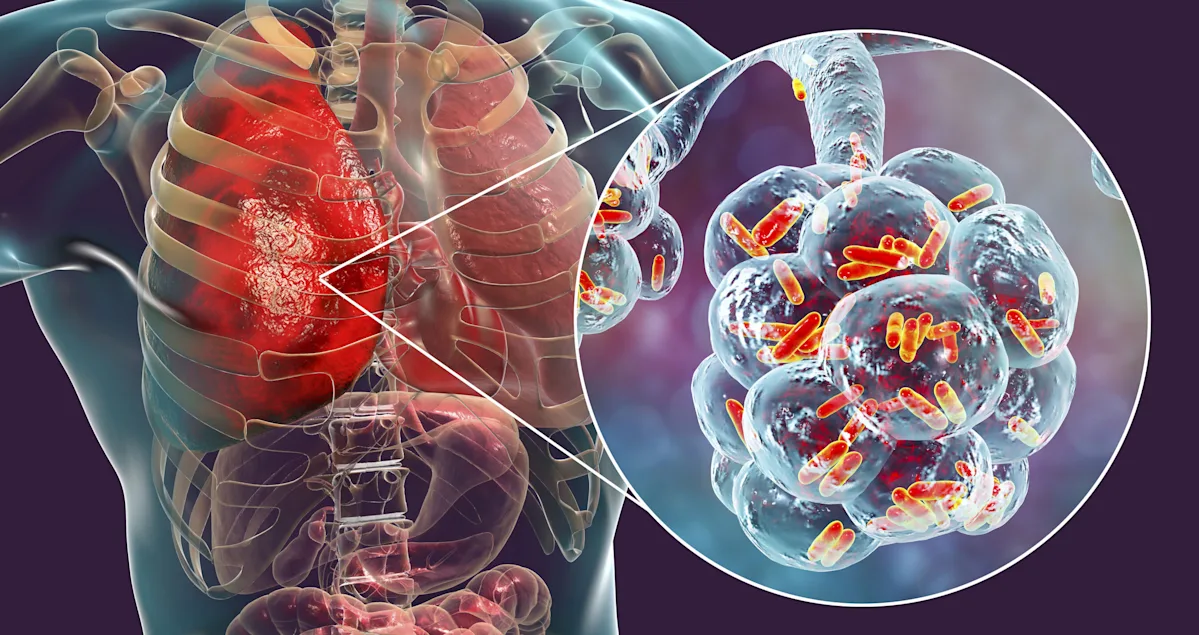


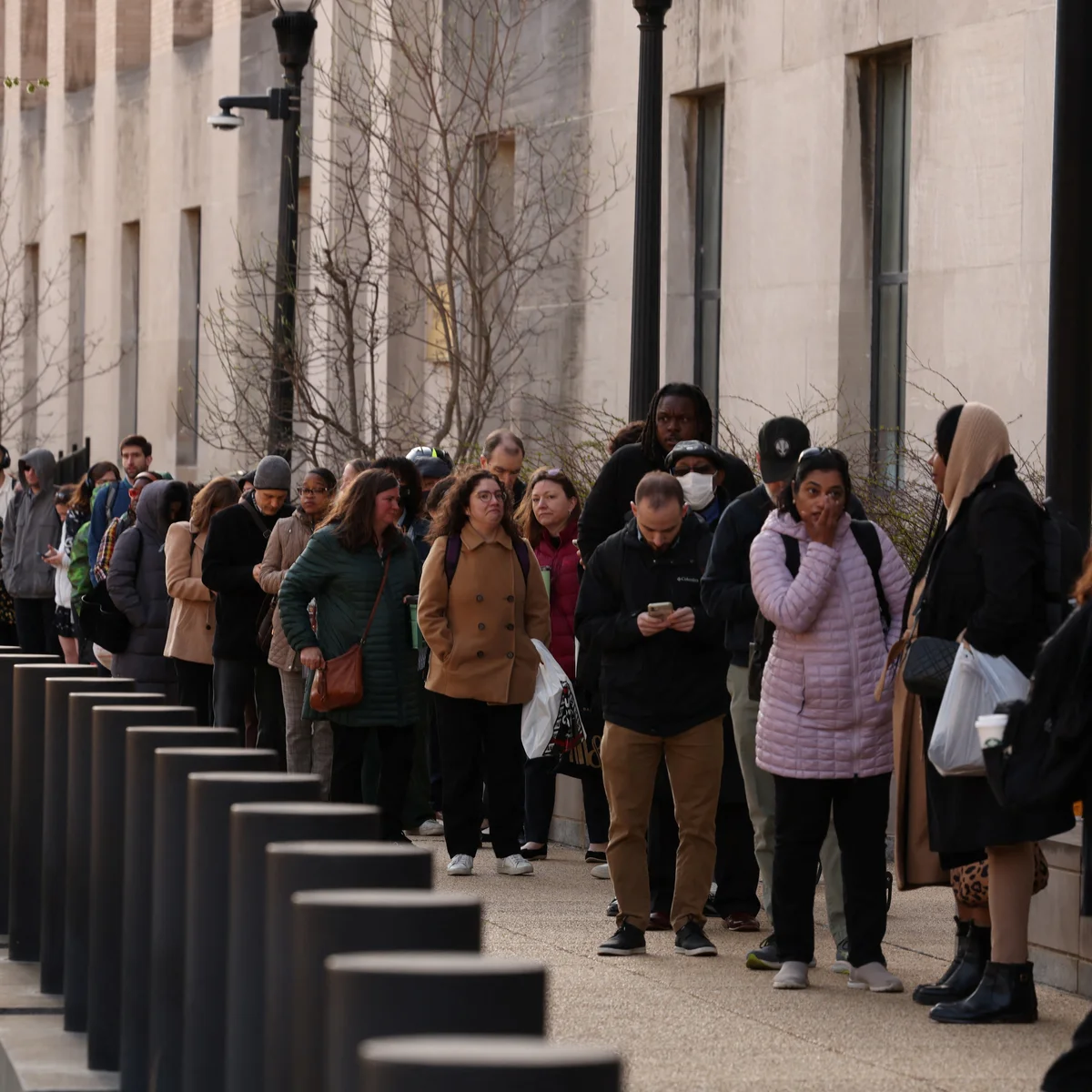

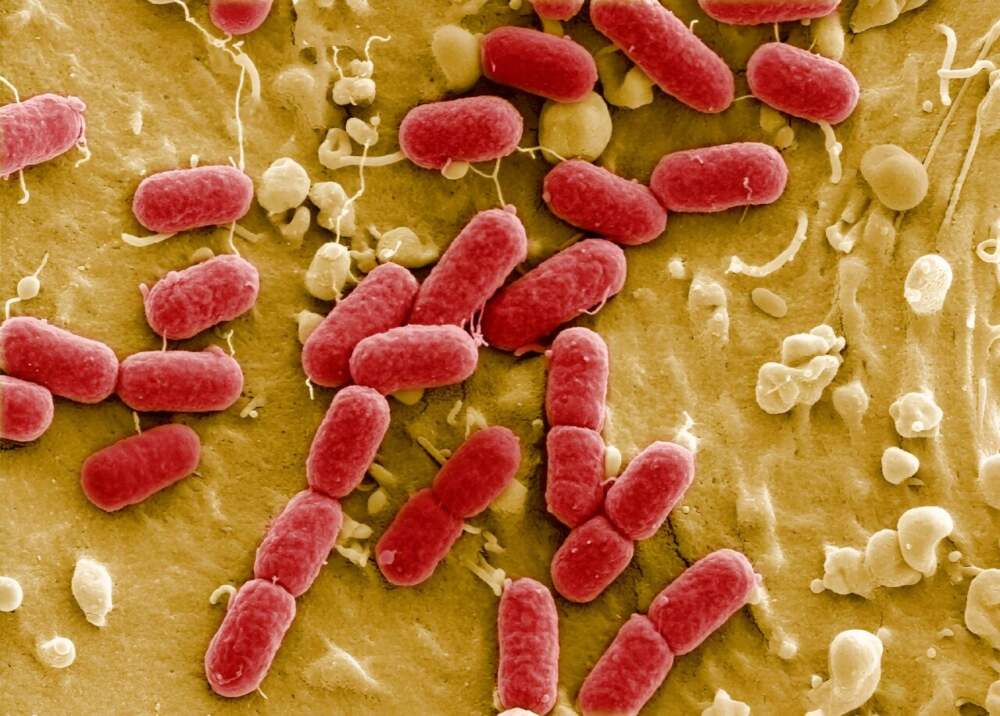
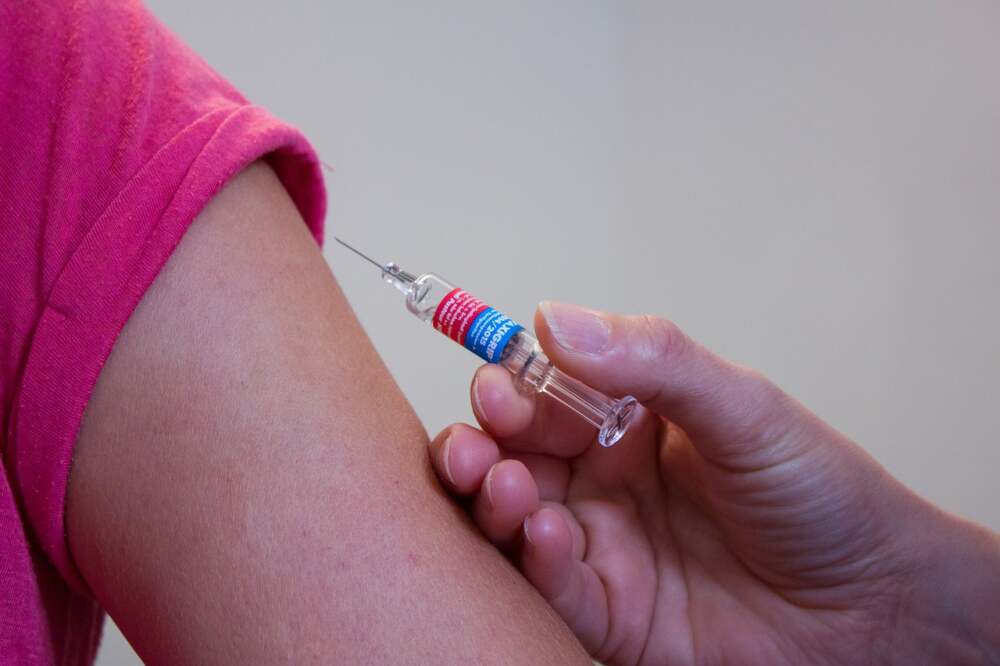

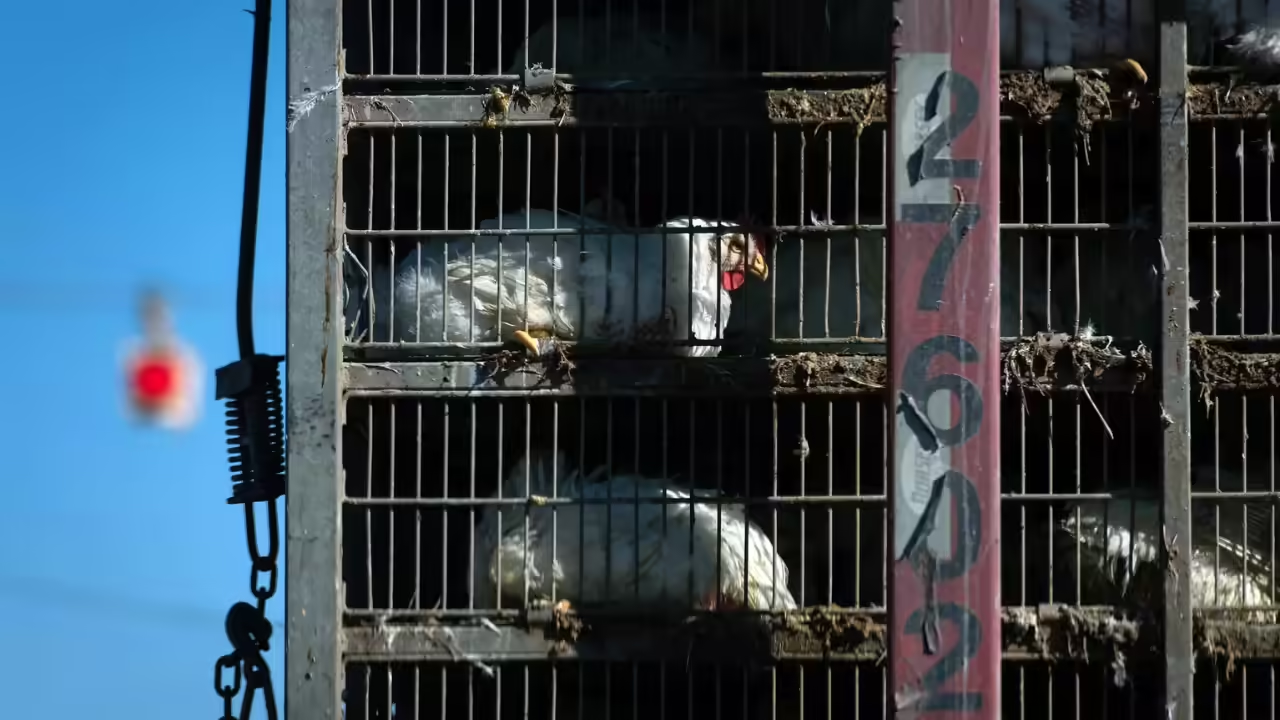






Leave a Reply